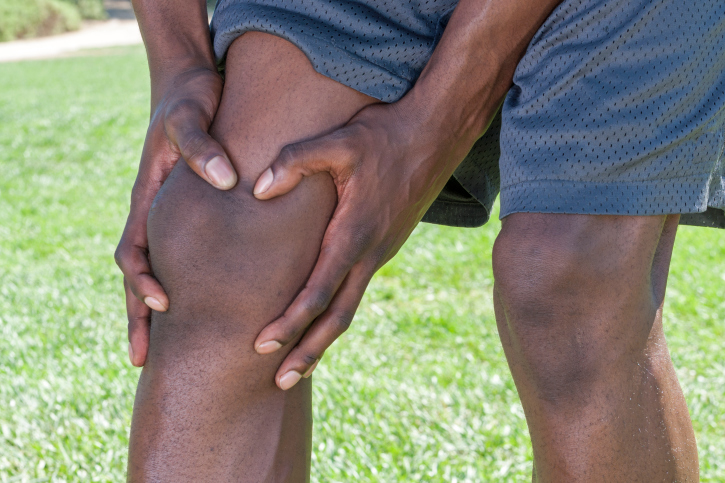 Pain is a part of exercise. While some pain may be expected and shouldn’t send you running to the doctor, it’s important to recognize the signs of serious injuries so that you don’t cause permanent damage. While you’re sweating it out, pay attention to your body for signs of “good” pain and “bad” pain.
Pain is a part of exercise. While some pain may be expected and shouldn’t send you running to the doctor, it’s important to recognize the signs of serious injuries so that you don’t cause permanent damage. While you’re sweating it out, pay attention to your body for signs of “good” pain and “bad” pain.
The Good Pain: Muscle Soreness
Most exercise will cause some muscle soreness, especially if you’re strength training. That soreness is actually your body breaking down and rebuilding your muscle tissue to create stronger muscles. You will most likely feel some discomfort for about one to three days after your workout.
For some, it can also be a sign of whether or not you’ve pushed hard enough in the gym. If you’re trying to build your glutes and you don’t feel any pain a day or two after the workout, you might resolve to push harder the next time to get the results you want. If you have healthy muscle soreness, you’ll probably notice these:
- Achy muscles right after a workout or towards the end of the workout
- Pain that improves with stretching
- Soreness or stiffness that increases when sitting still
- Pain that subsides after three days or less
The Bad Pain: Injuries
Whether you’re a regular gym-goer or a newbie, you can face more intense pain from a minor or serious injury through exercise. While muscle soreness is a healthy sign of muscle growth, persistent pain from an injury is a warning sign to rest and heal up. Here’s some of the tell-tale signs that you have a sports injury rather than muscle soreness:
- Sharp pain felt in the muscles or joints during and after exercise
- Lingering pain that does not go away after rest
- Joint or muscle pain that lasts longer than seven days
- Pain increases with movement
Pain, Pain, Go Away
Try these remedies to help with sore muscles:
Stretch and foam roll: Physically manipulating the muscles can increase blood flow and help clear out the waste and prevent soreness from last too long
Munch on some berries: Blueberries, tart cherries and other dark fruits help muscles get rid of waste and ease the pain during that rebuilding stage
Drink up: Hydrating before, during, and after your workout will help your muscles recover more quickly
Find some protein: A healthy dose of protein after exercise will help to repair your muscles and improve strength
If your pain is more serious and you think you have an injury, stop exercising and reach out to your doctor or physical therapist. They can assess the damage and a therapist can give you exercises to relieve the pain and improve function in that part of your body so that you can return to dominating your fitness goals!
 Sharita Jennings is a health policy attorney and certified group fitness instructor and nutrition specialist. She leads fitness classes in Washington, DC and provides online coaching and tips on her site, GetFitLikeThat.com.
Sharita Jennings is a health policy attorney and certified group fitness instructor and nutrition specialist. She leads fitness classes in Washington, DC and provides online coaching and tips on her site, GetFitLikeThat.com.








